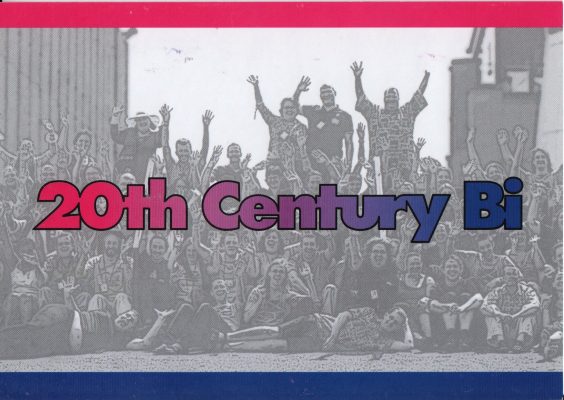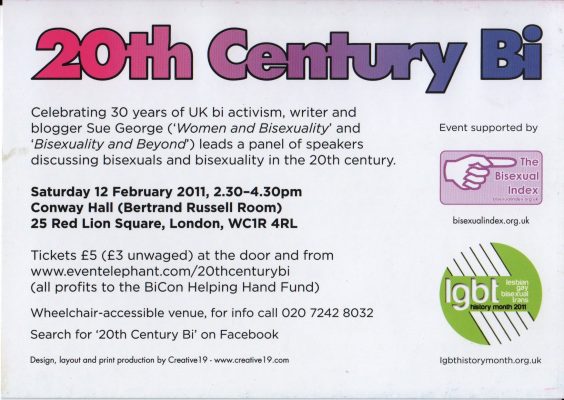The research on behaviourally bisexual men commissioned by Health Education Authority in 1994, completed in 1995, and eventually published in 1996, was largely ignored.
In part, that's because the HEA leaked the findings – there are a lot of bisexual men! – months earlier, so by the time it was properly published, it was no longer 'news'.
But at least one paper noticed enough to refer to it a year later…
.. even if they didn't read it properly. The estimate of 12% of men being behaviourally bisexual – that is, being sexual with more than one gender – is informed largely by a 1982 survey of Playboy readers in the US and..
While exact rates are impossible accurately to quantify it seems reasonable to assert that the lifetime figure lies somewhere in the region of 5-15%. Our best guess would be closer to the 12% of Lever et al. (1989; 1992) than the 3-7% of Johnson et al. (1994). However, with little direct evidence, estimates of the proportion of adult men that have had sex with both males and females in the last five years are too hazardous to even attempt.
The "in the last five years" came from the predictions of the person who commissioned it that they'd find hardly any bisexual men and so they needed to make the criteria for being included fairly broad. In fact, it turned out that the average number of partners was three men and three women per year.
The article was prompted by an episode on bisexuality that was part of Channel 4's Seven Sins series, entitled 'Greed', sigh. Read more

